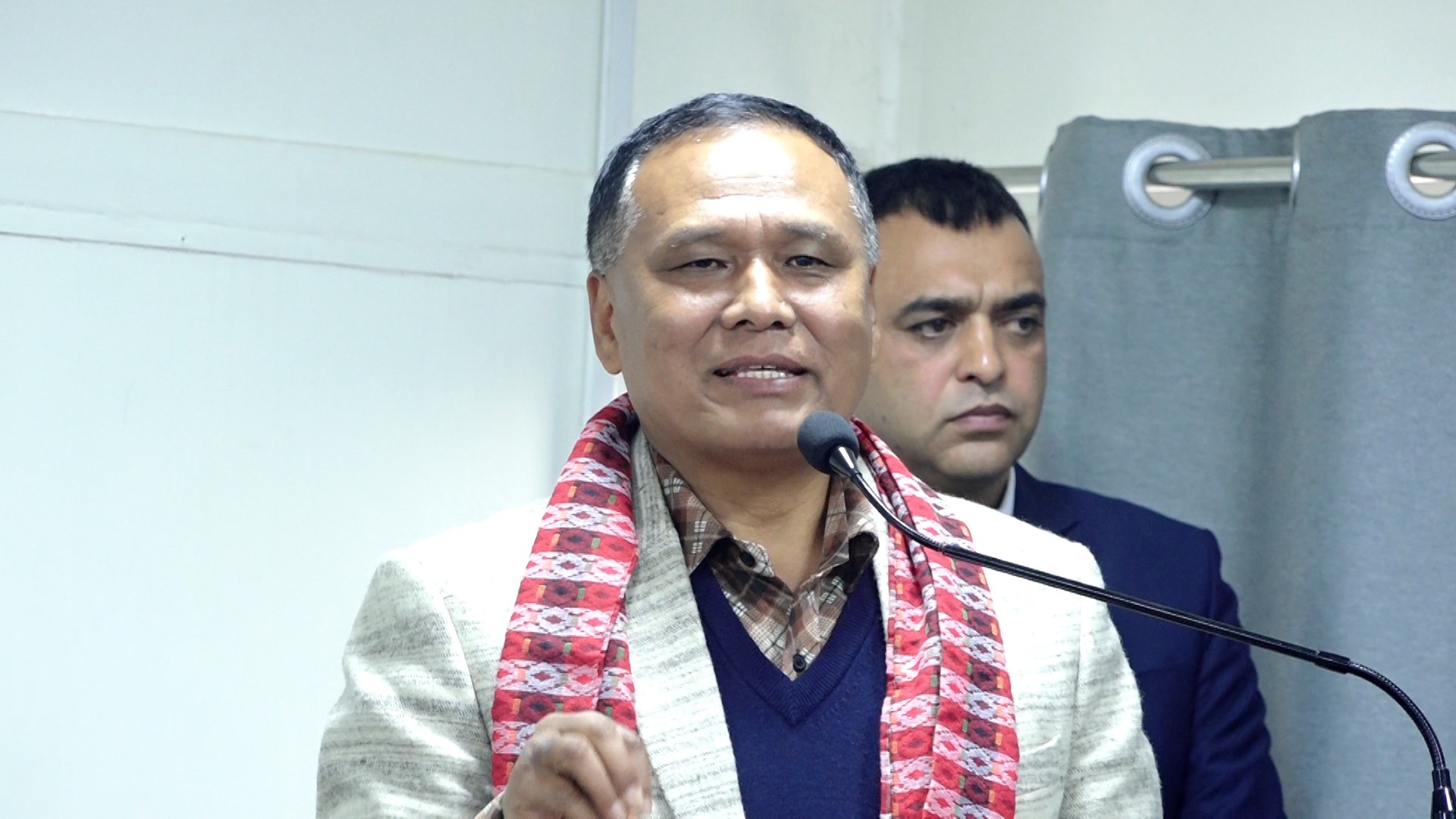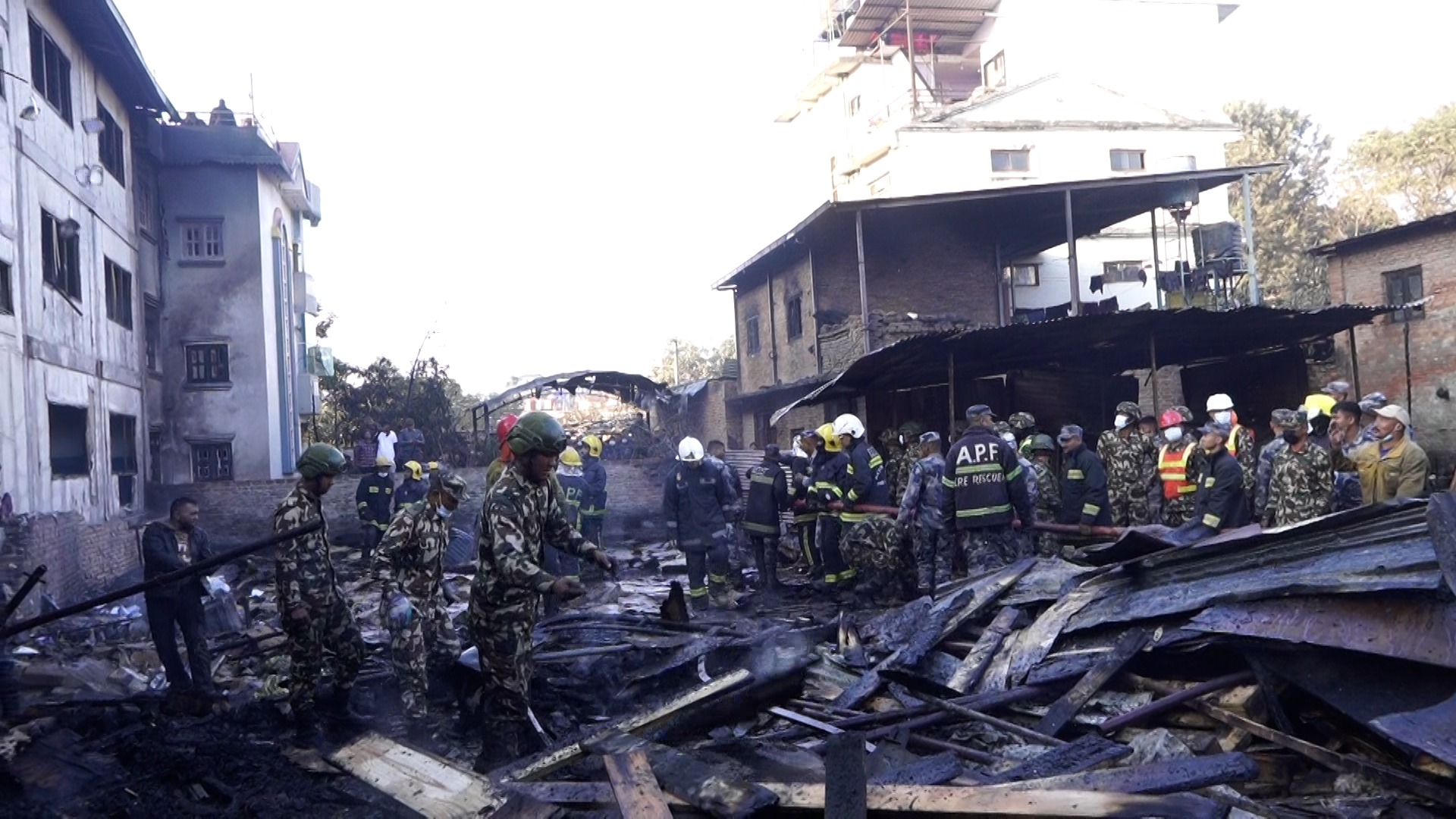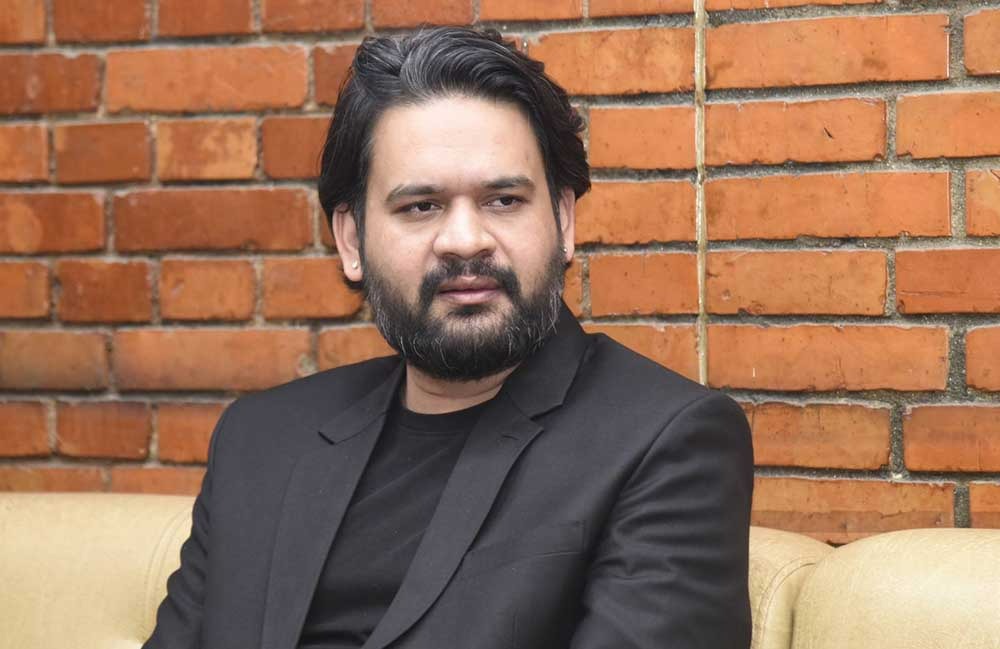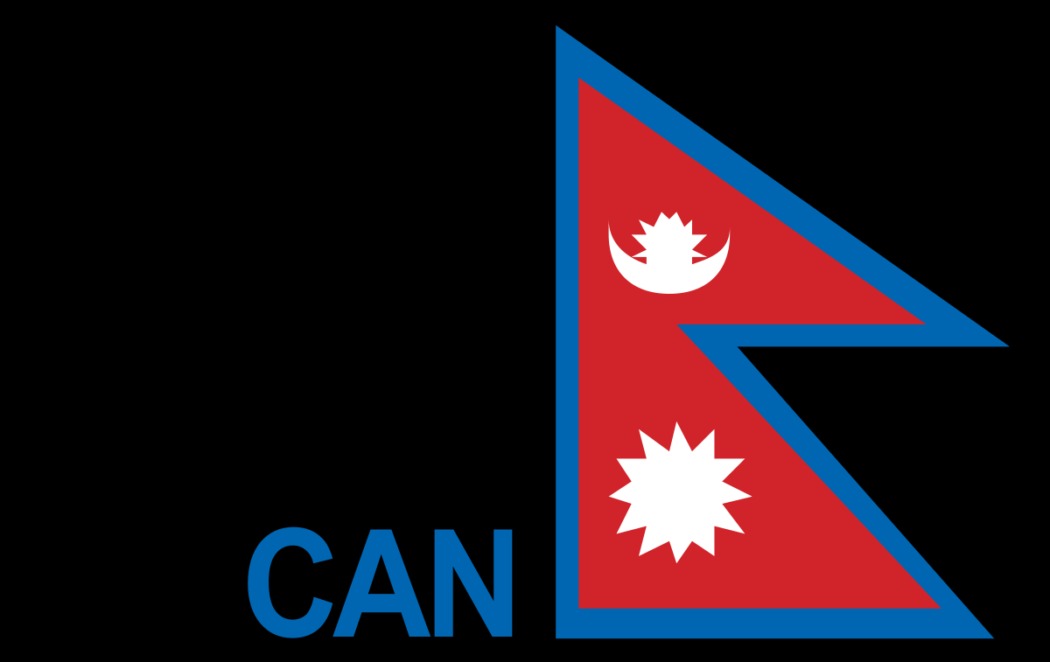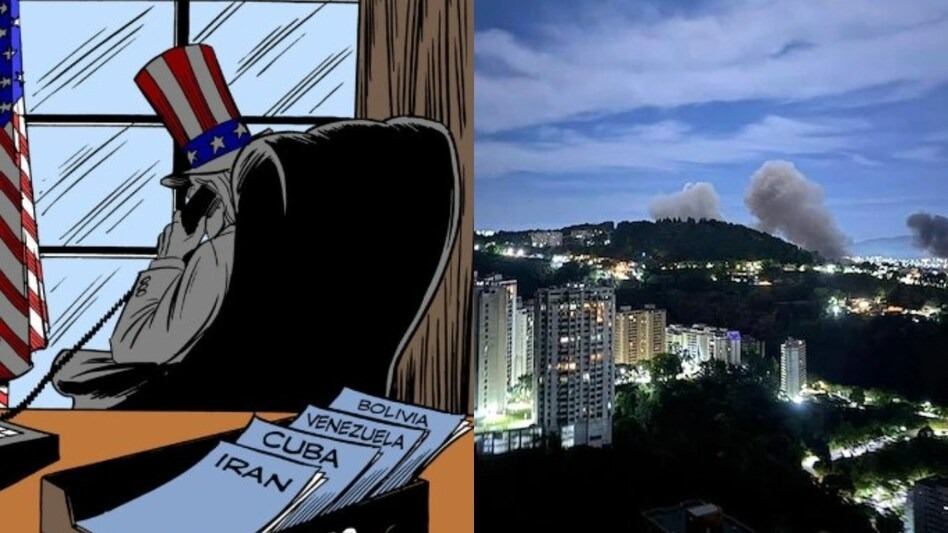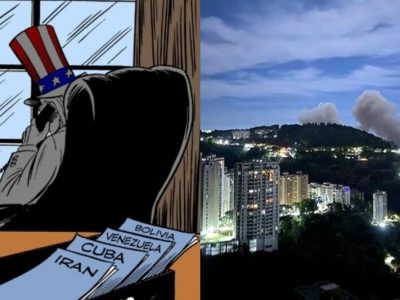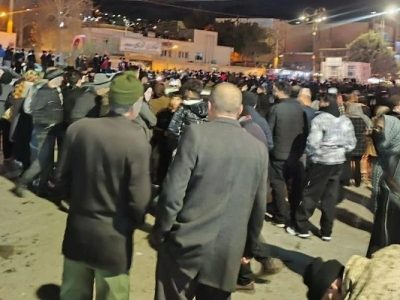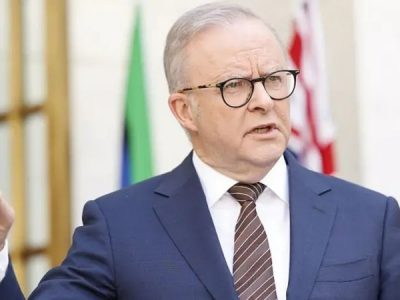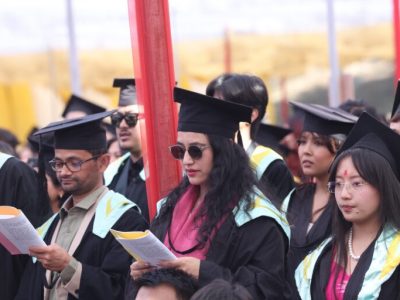Amidst escalating US-China conflict, Taiwan becomes a clear point of contention
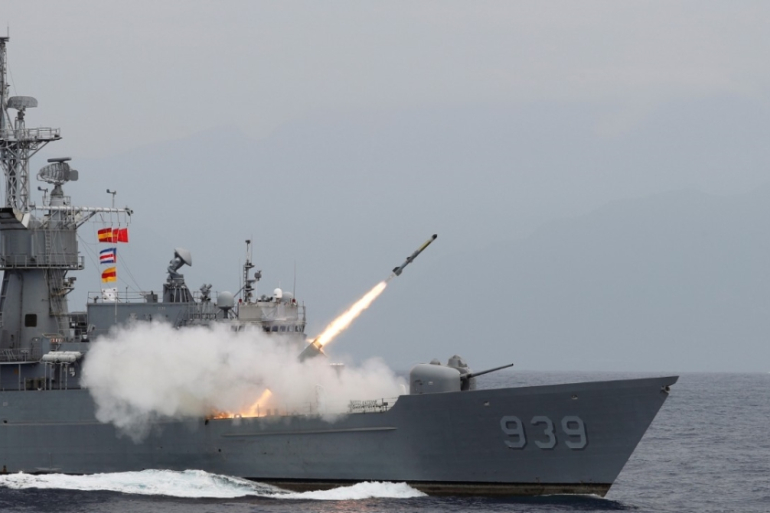
Kathmandu. Ever since the People’s Republic of China gained foothold in the greater international affairs, it has pushed the idea of the One China policy aggressively. Within the policy, most states including the United States of America had initiated diplomatic relations with Beijing breaking away from Taiwan, acknowledging such a policy of the Chinese government. This became a widespread practice after the United Nations extended its recognition to Beijing and gave the PRC a seat on the General Assembly and the Security Council, replacing Taiwan in 1971.
The US moved away from Taipei to Beijing in 1979 under President Jimmy Carter. However, it is important to note the US does conduct a “robust unofficial relationship” as it established The American Institute in Taiwan (AIT) that looks at US policies specifically directed towards Taiwan. In the same year the US Senate passed the Taiwan Relations Act, to “help maintain peace, security, and stability in the Western Pacific and to promote the foreign policy of the United States by authorizing the continuation of commercial, cultural, and other relations between the people of the United States and the people on Taiwan, and for other purposes.” The informal diplomatic commitment ensured that Washington could be an incredibly valuable ally in the face of China’s possible aggression.
China has always looked at Taiwan as “a breakaway province”, that inevitably would be a part of the nation. It has threatened the use of force, if deemed necessary on several occasions, to turn its aspirations into reality. The Taiwanese government, on the other hand, always provided an entirely different account of the nation’s existence as a sovereign entity that has an independent and democratic governance system.
Robert O’Brien, the US national security advisor has issued a warning against China, that it will retaliate should force be taken as a legitimate option in bringing Taiwan within Chinese jurisdiction. He mentioned that China was building its naval forces to a level unseen since Germany before the first World War, noting that it was preparing for an “amphibious landing.” The term refers to a coordinated military effort that is geared towards an invasion.
A retired US intelligence analyst, John Culver, had written on September 30, that it was important to understand that the Chinese civil war never really ended, and with mainland China’s growing economy and advanced military the threat of a re-emergence of the conflict could serve the US with difficult decisions. He called it the Hobbesian choice; “intervene in open-ended, financially ruinous conflict with another nuclear power for the first time and risk unprecedented combat losses, or be seen as standing aside in the face of an assault on a vibrant democracy and its 24 million citizens. US allies and partners would be torn by the cost of picking a side versus the potential ramifications of not countering Chinese aggression.”
Tensions have further heightened since the Chinese embassy in New Delhi wrote a letter to the Indian media to honor its commitment towards observing the One China policy and to not recognize Taiwan’s National Day that falls on October 1o. To that the foreign ministry of Taiwan tweeted that “India is the largest democracy on Earth with a vibrant press & freedom-loving people. But it looks like communist #China is hoping to march into the subcontinent by imposing censorship. #Taiwan’s Indian friends will have one reply: GET LOST!” It was signed at the bottom with initials JW, that is of the foreign minister Joseph Wu. One could only assume how well this would have sat with mainland Chinese officials.
Previously when senior officials from the US and Taiwan held discussions on security issues, Beijing responded by sending its fighter jets to hover in the Taiwanese sky during the meeting. Now amidst the rapid escalation of conflict between the US and China, O’Brien has acknowledged that the threat and possibility of a Chinese invasion in Taiwan puts the US in a difficult position, referring to the standing US policy of “strategic ambiguity.” Under it, Washington has maintained informal relations with Taiwan without actually breaking away from China. He urged Taiwan to build up its own military and stated that the US was obligated to provide Taipei with any means that it needed to defend itself.
The US state department officials had earlier clarified that Washington did not seek to provoke Beijing, and the focus was on “ensuring and insisting that the issues with the mainland and with Taiwan are resolved peacefully and through dialogue.”
A clash between the two nuclear giants during the crisis created by the pandemic is not something that the world is ready to deal with. With a trade war between Washington and Beijing that has been effecting the international community, tensions have heightened with Taiwan pressing on its independence and seeking US support against China. A full-fledged military conflict would not bode well for the entire region.
Facebook Comment
latest Video
Trending News
- This Week
- This Month



